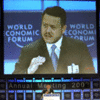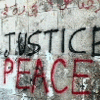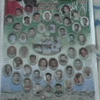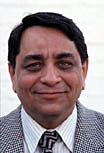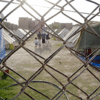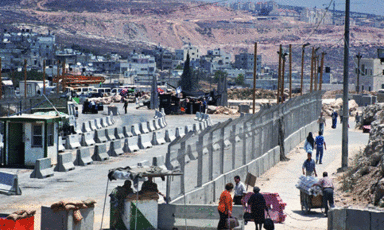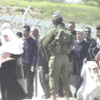Escaping what entraps us: reflections from Jerusalem
Victoria 22 June 2003
“Not only Palestinians are desperately trapped now in the Israeli-Palestinian conflict, but Jews are, too. Fear and anxiety are unshakeable daily companions. The outward manifestation of this mental landscape is the many infrastructural projects erupting everywhere along the seam between East and West Jerusalem. These public works projects are not about the ‘public’; they will not improve or enhance common spaces, but rather, will only further constrict shared spaces by diverting traffic, housing, commerce, and socializing according to racial distinctions. Walls and barricades are omnipresent, marring Jerusalem’s beauty and cutting into its soul, wounding all who see it, Palestinians and Israelis, Arabs and Jews, locals and foreigners.” EI co-founder Laurie King-Irani reports on a recent visit to Jerusalem. Read more about Escaping what entraps us: reflections from Jerusalem
